BOOK THIS SPACE FOR AD
ARTICLE AD
33 years of experience
30 hands-on product reviewers
10,000 square feet of lab space
There's no set definition of a small phone. A decade ago, 5-inch+ screen size phones were known as phablets. That same screen size is now considered too small, thanks to advancements in display technology and design. With FaceID coming into play and the physical home button disappearing, any phone with around a 6.1-inch screen can be considered small.
Since Apple abandoned its Mini lineup with the iPhone 13 Mini, and most small phones that have launched since haven't been very popular, the definition of a "small phone" has changed -- most phones now feature a 6.7-inch display. As a result, we have more options for small phones than ever. In 2024, you no longer have to settle for a non-flagship phone if you want a compact device.
Also: The best Android phones: Expert tested
Which is the best small phone right now?
At ZDNET, we've tested every flagship phone launched this year. My picks for the two best small phones overall are the iPhone 16 Pro and the Pixel 9 Pro, both with 6.3-inch screens. While Apple increased the screen size on its Pro model by trimming the bezels, Google decreased the display size and introduced a new Pro XL variant. In both cases, they feature a top-of-the-line camera system with a flagship processor, AI smarts, and a screen that's enjoyable to use. But more options are available if you don't want to spend more than $800 on a compact phone. Here's what you need to know before purchasing a new small phone.
The best small phones in 2024
Apple iPhone 16 Pro
Best small iPhone
The iPhone 16 Pro is the best compact iPhone on the market right now. It features an upgraded processor that's more efficient and powerful, while also providing an all-day battery life for most people. The latest Apple phone features Camera Control -- a new way to interact with the Camera app. It's also Apple Intelligence-ready when it rolls out in the future.
Apple has increased the screen size from 6.1 inches to 6.3 inches, and I like it. I've been using the iPhone 16 Pro, and the slight increase in display size means it's still compact while offering a big-screen phone-like experience. You get an upgraded camera system with new Photographic Styles, an Audio Mix, and more features to add to the list of "Pro features."
The iPhone 16 Pro should be your choice if you want a small iPhone but don't want to compromise on the flagship camera system and battery life.
Review: We've used every iPhone 16 model and here's our best buying advice
Apple iPhone 16 Pro specs: Processor: Apple A18 Pro | Display: 6.3 inches | Storage options: 128GB, 256GB, 512GB, 1TB | Rear cameras: 48MP main, 48MP ultrawide and macro, 12MP telephoto (5x) | Front camera: 12MP | Battery capacity: N/A
Show Expert Take Show less
Google Pixel 9 Pro
Best small Android phone
The Google Pixel 9 Pro is meant for those who want the best camera setup on an Android but in a compact form factor. The Pixel 9 Pro's camera and display quality are the same as the $100 more expensive Pixel 9 Pro. Due to the size, you get a smaller battery, but it'll last you through the day on medium use.
Compared to the regular Pixel 9, the Pixel 9 Pro features a sharper and brighter display, a telephoto sensor, a better and improved 42MP selfie shooter, 16GB of RAM, and more camera features like 8K video recording, Zoom Enhance, and more. There are plenty of reasons to spend an extra $200 and get the Pixel 9 Pro instead of the Pixel 9.
You should buy the Google Pixel 9 Pro if you want all the best Google features and performance in a small size. It will receive the same seven years worth of software, security and Pixel Drop upgrades.
Review: Google Pixel 9 Pro
Google Pixel 9 Pro specs: Processor: Google Tensor G4 | Display: 6.3 inches | Storage options: 128GB, 256GB, 512GB, 1TB | Rear cameras: 50MP main, 48MP ultrawide, 48MP telephoto, 42MP front | Battery capacity: 4,700 mAh | Price: Starting at $999
Show Expert Take Show less
Samsung Galaxy S24
Best budget small Android phone
At under $750, the Samsung Galaxy S24 is our pick for the best compact value-for-money Android phone. It features a gorgeous display that you'll enjoy watching content on. With a 6.2-inch screen, a Snapdragon 8 Gen 2 processor, and a triple rear camera setup, the Galaxy S24 ticks all the right boxes.
The vanilla Samsung flagship can take on heavy-duty games, click vibrant-looking photos, and last an entire day on one charge. Around this price range, most phones sport a dual camera setup with a primary and ultrawide-angle lens, but the Galaxy S24 adds a 3x telephoto camera to offer a flagship experience.
The Samsung Galaxy 24 also features Galaxy AI, which includes a bunch of AI features -- some of them, like Circle to Search and Live Translate, are super useful at times. This phone will last you a long time, with an updates promise of seven years.
Review: Samsung Galaxy S24
Samsung Galaxy S24 specs: Processor: Qualcomm Snapdragon 8 Gen 3 | Display size: 6.2 inches | Storage options: 128GB, 256GB, 512GB | Rear cameras: 50MP main, 12MP ultrawide, 10MP telephoto (3x) | Front camera: 12MP | Battery: 4,000mAh
Show Expert Take Show less
Apple iPhone 16
Best budget small iPhone
Apple has further closed the gap between the regular and Pro lineups this year. The only two meaningful differences that remain are the ProMotion display and USB speeds for wired data transfer. Other than that, the iPhone 16 borrows a lot of features from the more expensive Pro models, with a smaller display of 6.1 inches.
The iPhone 16 now has an Action Button as well as new Camera Control. The base iPhone features an upgraded camera setup with a 48MP Fusion camera, designed to capture high-res, detailed photos, alongside the new Photographic Styles and macro mode.
In terms of performance, the A18 Bionic is powerful and Apple Intelligence-ready, unlike its predecessor. If you want the best value-for-money smartphone right now, the iPhone 16 is your best bet.
Review: Why I'm recommending the standard iPhone 16 over the Pro this year
Apple iPhone 16 tech specs: Processor: Apple A18 | Display size: 6.1 inches | Storage options: 128GB, 256GB, 512GB | Rear cameras: 48MP main, 12MP ultrawide | Front camera: 12MP | Battery: N/A
Show Expert Take Show less
Samsung Galaxy Z Flip 6
Best foldable small phone
If you want a phone that folds to fit in every pocket, the Samsung Galaxy Z Flip 6 should be your pick. It features a 6.7-inch display that folds in half. When folded, you can still use the 3.4-inch cover screen to perform quick tasks like replying to messages, checking emails, playing music, and more.
The Galaxy Z Flip 6's cover screen might still be less functional than the Motorola Razr Plus, but the Samsung phone has more polished software, better hinge quality, and is rated for both dust and water resistance. The flip phone also features an upgraded camera system and clicks good-looking phones in daylight.
The Galaxy Z Flip 6 now features a battery that's the same size as the Galaxy S24, meaning you can expect an all-day charge. Samsung promises seven years worth of software and security updates, so it'll last long, too.
Review: Samsung Galaxy Z Flip 6
Samsung Galaxy Z Flip 6 tech specs: Processor: Qualcomm Snapdragon 8 Gen 3 | Main display: 6.7 inches | Cover display: 3.4 inches | RAM/Storage: 12GB RAM with 256GB/512GB internal options | Cameras: 50MP wide angle, 12MP ultra-wide, 10MP selfie | Battery: 4,000mAh
Show Expert Take Show less
Google Pixel 8a
Best small phone under $500
The Google Pixel 8a is a toned-down version of the Pixel 8. It is powered by the same Tensor G3 chipset as last year's flagship Pixel 8 Pro, which means you get a slew of smart AI features throughout the user interface and camera. You are essentially getting a $1,000 phone's software experience for half the price.
The Pixel 8a features a 120Hz refresh rate display, which is sharp and contrasty but not very bright. However, it's smooth and responsive in day-to-day usage. You also get a Titan M2 security chip and a built-in VPN for added security while using public Wi-Fi networks to protect your personal data from unauthorized access.
As for the optics, the Pixel 8a sports a 13MP selfie camera and a 64MP main rear camera alongside a 12MP ultrawide angle sensor. These offer good camera processing, skin tones and lovely lowlight results. It's great camera system for hobbyist shutterbugs and professional photographers alike.
Review: Google Pixel 8A
Google Pixel 8a specs: Processor: Google Tensor G3 with Titan M2 | Display: 6.1 inches | Storage options: 128GB/256GB | Rear cameras: 64MP Quad PD Bayer, 13MP ultrawide, 13MP front | Battery capacity: Typical 4492mAh | Price: Starts at $499
Show Expert Take Show less
The iPhone 16 Pro and Galaxy S24 are both very good value-for-money investments when it comes to small phones. The Apple phone is a creator's delight with Camera Control, Audio Mix, big and bright display, and a processor that's powerful and efficient. If price is no obstacle, you should opt for Apple's latest flagship device or the Pixel 9 Pro. However, if you don't want to spend $1,000 on your new phone, the Galaxy S24 and iPhone 16 are worth looking at.
| Phone | Price | Display | Processor |
| Apple iPhone 16 Pro | $999 | 6.3 inches | A18 Pro |
| Google Pixel 9 Pro | $999 | 6.3 inches | Tensor G4 |
| Samsung Galaxy S24 | $750 | 6.2 inches | Snapdragon 8 Gen 3 |
| Apple iPhone 16 | $799 | 6.1 inches | A18 Bionic |
| Samsung Galaxy Z Flip 6 | $950 | 3.4 inches and 6.7 inches | Snapdragon 8 Gen 3 |
| Google Pixel 8a | $399 | 6.2 inches | Tensor G3 |
If you're prioritizing the size of the phone but don't want to compromise on cameras, you have two great choices in the iPhone 16 Pro and the Pixel 9 Pro. If you want the most compact phone, you should go with the Galaxy Z Flip 6. But if you are on a budget, the Pixel 8a should be your choice. Here's a breakdown for which small phone to buy for your needs.
| Choose this phone | If you want... |
| Apple iPhone 16 Pro | The latest and greatest form Apple but in a small size |
| Google Pixel 9 Pro | The best of Google with flagship cameras |
| Samsung Galaxy S24 | The best value for money small phone in the Android space |
| Apple iPhone 16 | The best value for money iPhone with Apple Intelligence |
| Samsung Galaxy Z Flip 6 | The most compact phone |
| Google Pixel 8a | A small phone under $500 without compromising on software |
With a wide range of phones available in the market each year, ZDNET spends at least two weeks with each model before deciding whether or not (and where) it belongs in this buying guide. The qualifications I look for when curating the picks include the following:
Availability: The biggest factor is availability; is what's being selected available to purchase directly from Google, a local carrier, or an online retailer? Is it in stock? Or can it only be purchased in used or renewed condition? With the picks on this list, each one can be bought new and sealed, guaranteeing that you'll receive the most reliable experience from the start.Value: Just as important is the value that each phone brings. While all options on this list differ in price tiers, they each offer enough unique features, camera capabilities, and designs that make them worth paying for. If they're not worth it, they won't be on the list.Performance: Naturally, I only pick models that yield good to excellent performance, from the way they handle day-to-day tasks to more intensive use cases like gaming and video editing.Size: For this story in particular, I looked at the screen size and resolution, and whether or not the phones listed last an entire day on a single charge.
Here's a breakdown of every factor we consider before we make recommendations:
Design and ergonomics: How good a phone looks and feels plays a big role in many users' buying journeys, so we consider these aspects heavily when testing.Performance: Several factors affect a phone's performance, including LTE/5G signal, battery life, and background tasks. Therefore, we typically begin our evaluations with a fully charged handset, with all background tasks closed, and with as stable a mobile connection as possible.Camera quality: ZDNET tests phone cameras by capturing hundreds of photos and videos of various subjects and in various lighting conditions. We also compare the output to that of older models.Battery life and charging: We evaluate how long phones last under light, moderate, and heavy usage, how long they take to recharge, and how they do it (wired, wireless, or both). Special features: These features distinguish tested devices from a bustling smartphone market and hopefully bring added value to users, not the opposite.Pricing and availability: Beyond budget considerations, we also note if a phone is available in the US or only internationally.For an extensive rundown of our testing methodology, be sure to check out our how we test phones article.
If you're open to alternatives, see below for ZDNET's best-tested picks, including ones from Google and other brands.
.png)
 1 month ago
17
1 month ago
17 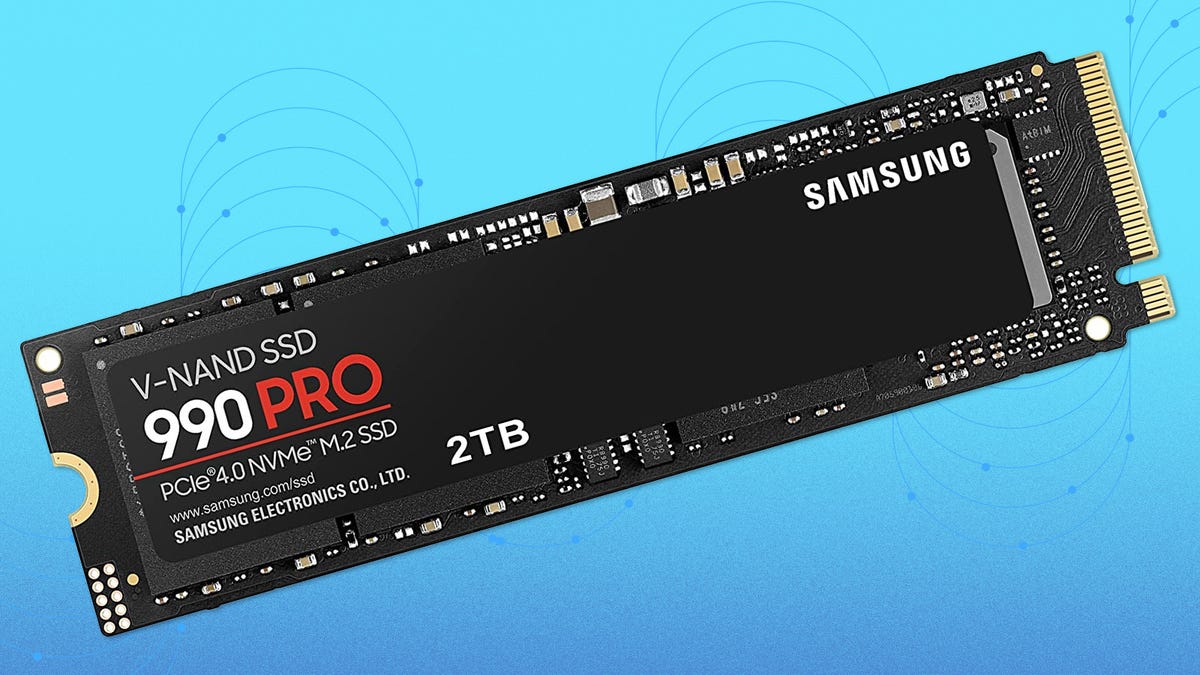
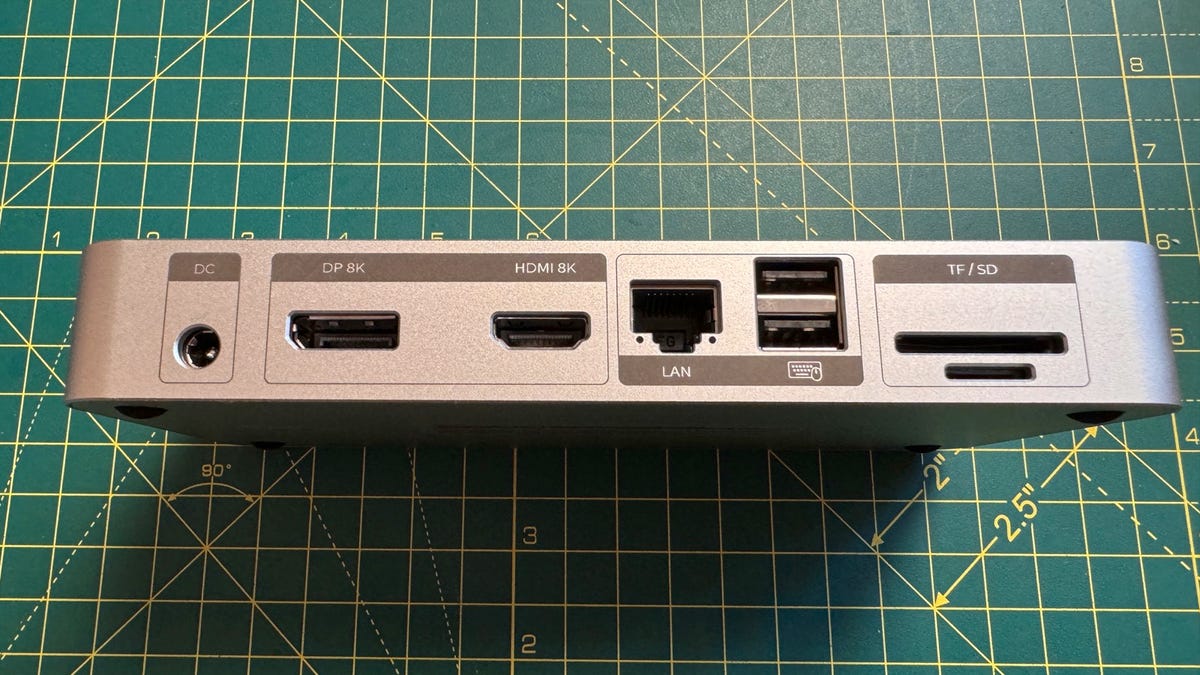
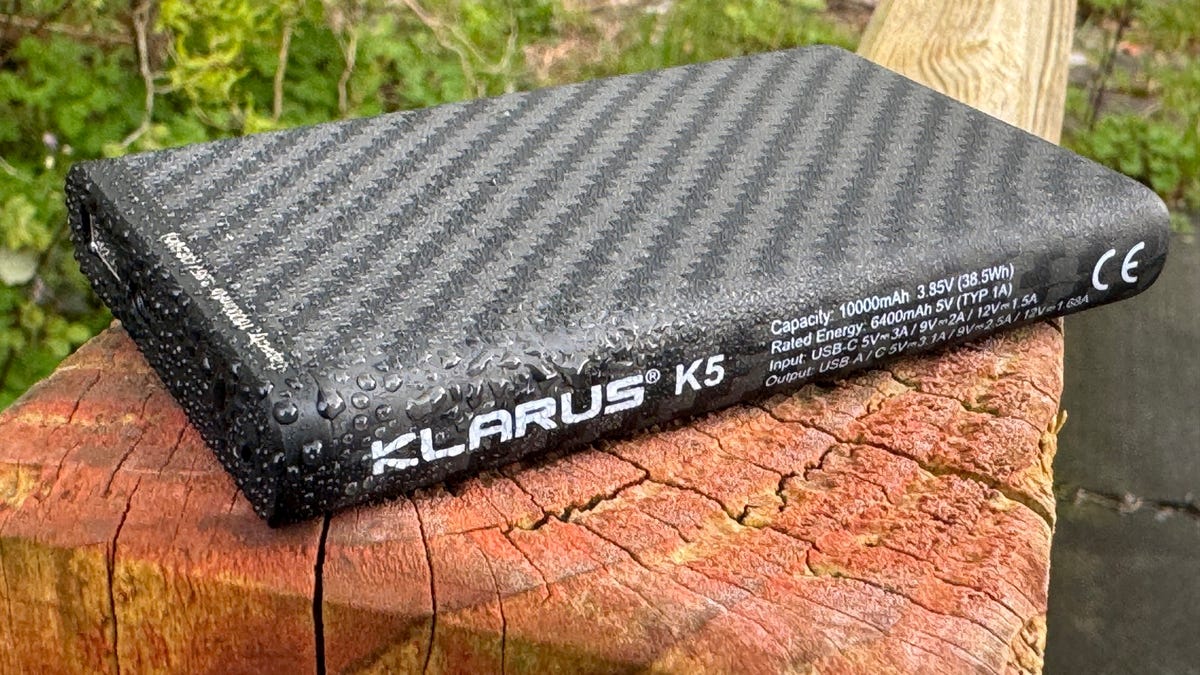
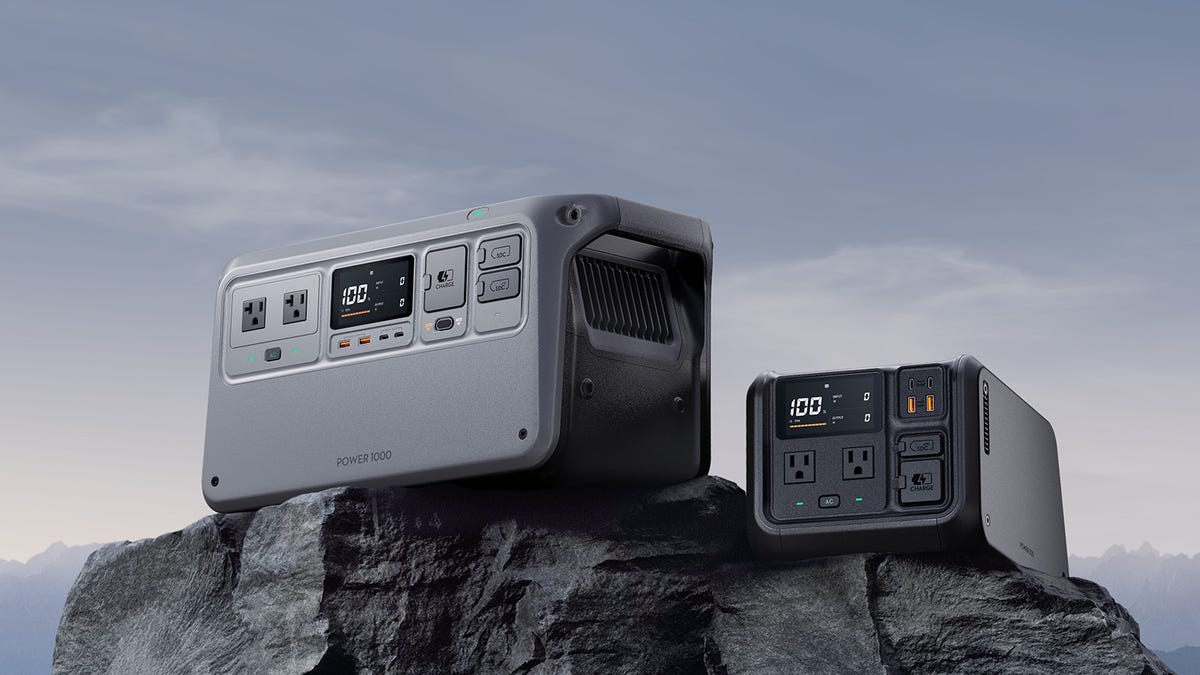

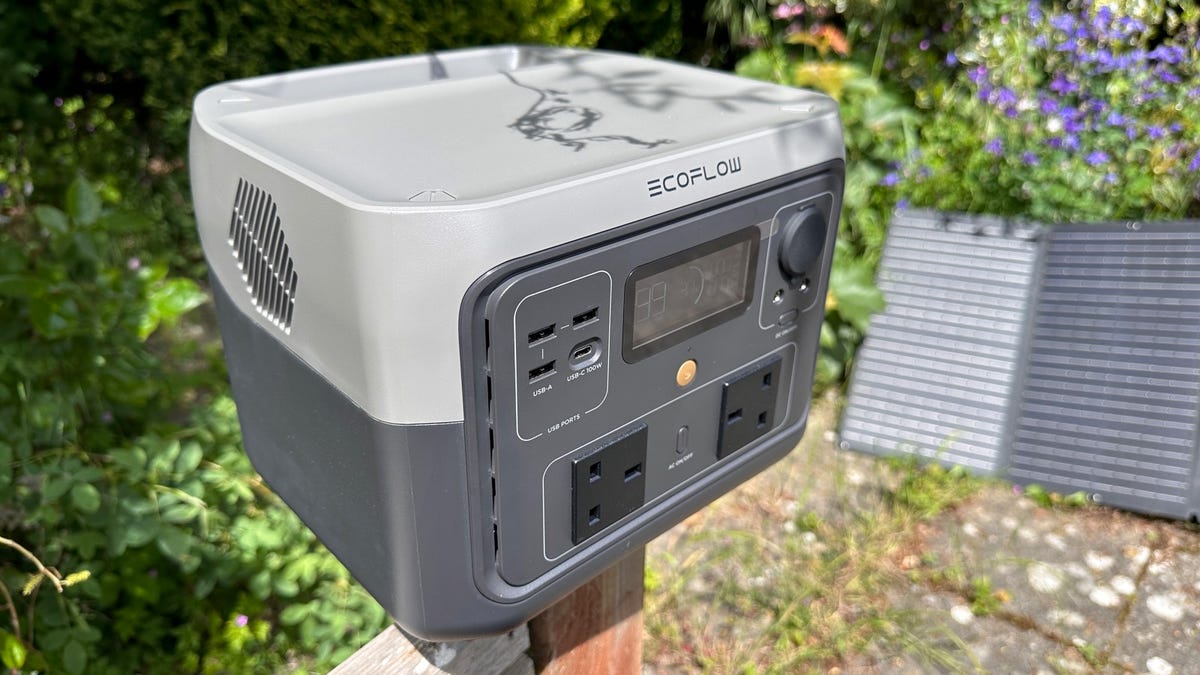









 Bengali (Bangladesh) ·
Bengali (Bangladesh) ·  English (United States) ·
English (United States) ·